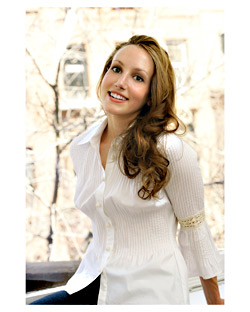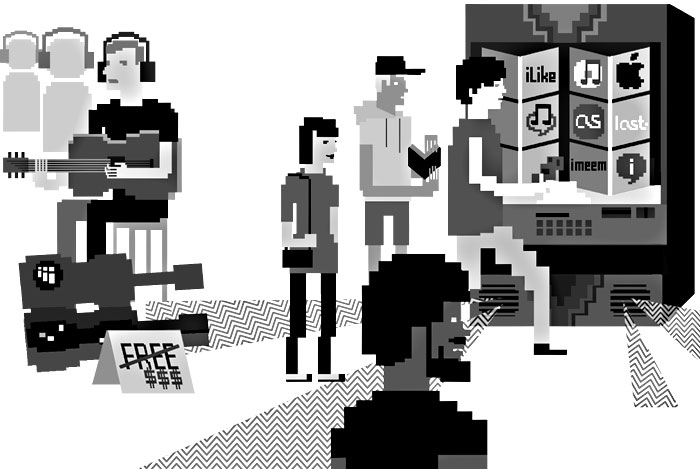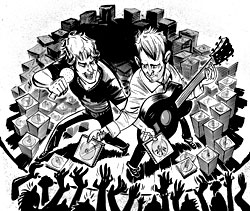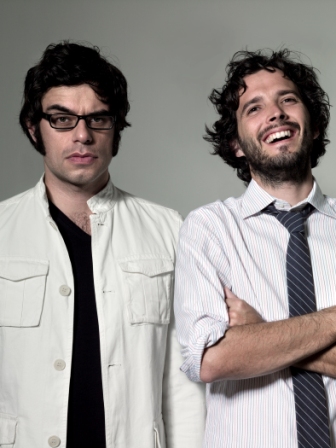Already 28-year-old Marisha Pessl’s first novel has fetched a princely advance, with the movie rights shopped around as “The Secret History meets Prep.” Press materials and early reviews have dropped names like Eggers, Tartt, Salinger, and Hitchcock. Then there’s the former actress’ alluring author photo.
All of which is reason enough for a critic to cattily sharpen the knives, yet Special Topics, impervious to cheap cutlery, turns out to be one of the best debuts of the year.
After being whisked to “approximately twenty-four elementary, middle, and high schools” by her father (a widowed, über-charismatic perpetual visiting political science professor), Harvard freshman Blue van Meer recounts her senior year at St. Gallway. There she was invited to join the “asthma-inducing mystique of the Bluebloods,” a clique that spends Sundays at the home of Hannah Schneider, the film studies teacher whose body Blue recounts finding in the first few pages.
Despite early knowledge of the book’s sinister twist, the bare bones of Special Topics‘ beginning is not entirely special: It’s Blue’s coming-of-age story, replete with a few cartoonish characters. Fortunately, the narrator—who structures the book as a Great Reads syllabus—is an observant genius. For Blue, a handshake is a “wet washcloth.” In smiling, “laugh lines parenthesized his mouth.” An attempt to walk while drunk makes her legs feel “as if they were being asked to measure the universe.”
Despite how well the reference-heavy form marries the academic satire, or how hilarious are Blue’s anthropological observations (including the plate tectonics of an awkward kiss), such small scenes can’t alone support the hefty book. Even in a madcap world of erudition—think Wes Anderson taking on the Glass family—a 16-year-old with an IQ of 175 is still 16. But after the Bluebloods’ fateful camping trip and the unraveling of the mysterious death of Hannah Schneider, Pessl reveals her greatest literary trick: She turns her doorstop into a relentless page-turner. While there are whiffs of cliché—the academic murder mystery, the ominous camping trip, the perpetually misunderstood protagonist-as-sleuth—she carves them into her own intricate set of matryoshka dolls, unexpectedly undermining multiple plotlines.
“Best to treat shortcomings like hobos I’d found dozing on my porch: take them in and maybe they’ll work for you,” says Blue. Pessl’s fat prose is no shortcoming. Whether for the sheer joy of each sentence or honing clues that once seemed irrelevant, all 514 pages are at work, immediately begging to be reread.








